Fmcg manufacturing shares outperformed the stock market last year. But the picture was mixed, as our school report on their performance reveals. James Ball reports
When Lehman Brothers collapsed in 2008, taking the global economy with it, it spelled worse news for some sectors than others. While banking shares collapsed calamitously, defensive shares such as food and drink benefited from investors looking for somewhere safe to stash cash.
So unlike banking, where share prices fell so low in 2008 the only way left was up, food and drink company share price rises in 2009 were far from a given.
The good news revealed in this, the first half of a two-part feature assessing the financial performance of the biggest grocery businesses is that the sector still outperformed stock markets last year.
Performance has been mixed, however. While the most successful stocks of 2009 benefited from strong balance sheets, portfolio rebalancing, improved consumer confidence and merger and acquisition speculation, others were hampered, and debt-heavy businesses even in the top tier suffered. Even for the big fmcg brands, on 1 January 2009 the outlook was bleak: the initial phase of the credit crunch sent consumers into panic mode, and in the wake of particularly weak trading in the last three months of 2008, many downgraded their predictions for 2009 sharply, which drove their share prices downwards.
But as they started to respond to the crisis and consumers moved out of the hair-shirt phase food and drink shares bounced back, with seven of our top dozen global fmcg shares outperforming their stock indices during the year.
The sector’s performance was much stronger in the second half of 2009, confirms Nicola Mallard of Investec. “Since the beginning of 2009, manufacturers and retailers alike have refocused their portfolios. Premiumisation had been the driving trend, but this shifted to value for money and attention to price points to tempt consumers back.
“This, coupled with consumers getting sick of the time needed to cook their own food or make their own sandwiches, helped trading improve. We’ve had more upgrades than downgrades in food and drink over the past year.”
In a sense, fmcg companies prospered by lowering expectations, then exceeding them but Mallard rejects any notion this was a deliberate ploy. “Management were genuinely worried at the beginning of the year. In terms of sales forecasting, visibility fell to nothing.”
One dilemma for mid-cap food companies such as Greencore and Dairy Crest was what to do with their dividends. These companies have traditionally been purchased by stockholders as “income shares”, meaning stockholders expect high and consistent dividends.
But in a climate where money is hard to borrow and companies are looking to sit on cash, paying out dividends is less attractive. As a result, Dairy Crest and Greencore substantially cut payouts, though Northern Foods held payouts at their previous levels despite not making enough profit to cover the payments.
To date, shareholders have been forgiving: Dairy Crest shares grew 62% more than the FTSE 250 as a whole, while Northern Foods shares grew 69% less than the market.
As a whole, the sector was also helped by some pressures easing. Most notable among these was raw material costs finally stabilising as the hyper-inflation of most food commodities jolted to a halt in the face of recession. This, coupled with low inflation, gave many the scope to adopt aggressive pricing and promotional policies without eating into margin.
Other trends were less benign. Throughout the boom years of the noughties, debt-funded acquisitions were not just accepted by the markets, they were encouraged.
As a result, even in a ‘safe’ sector such as fmcg, many of the biggest companies had huge amounts of debt on the balance sheet coming into 2009 and were faced with having to renegotiate their lending in a very different financial climate.
AB InBev, the world’s largest brewer, is an example of a business hit by debt concerns. InBev’s £52bn all-cash buyout of Anheuser-Busch could not have come at a worse time, completing just two months after Lehman’s collapse and when debt was at its hardest to find.
But successful renegotiation of much of the debt, coupled with more than $7bn of disposals, including the sale of Tennent’s lager in the UK to Magners owner C&C Group, allayed investor concerns.
Coupled with job cuts, such as the 10% reduction in workforce in western Europe announced last week, this helped AB InBev’s share price rocket to 36.40 on 31 December, more than double the value at the start of the year.
Not all debt renegotiations ended so well. Premier Foods, the UK’s largest food manufacturer, has a high debt burden as a result of buying RHM and Campbell’s UK and Irish business, and concerns about the company’s ability to service debt sent share prices plunging more than 85% in 2008 as the company delayed a crucial covenant test from December 2008 to March 2009.
Premier’s efforts to renegotiate its debt and extend its maturity were successful, putting an end to the immediate crisis of confidence but investors remain unimpressed. Premier share prices rose just 7.4% over the year, substantially less than the FTSE as a whole. Even analysts’ praise for the businesses was lukewarm. In one note promoting a “buy” recommendation for Premier, one commented “our confidence in management is not high, but then neither is the [share] price”.
Overall, food and drink was considered a safe bet, as Anna Overton, director of consumer goods in Europe at credit ratings giant Standard & Poor’s, explains. “Fmcg is a polarised sector: at one end there are big consumer brands, which are resilient and diverse both in product area and geographically. At the other end are cyclical, niche businesses, such as those in fashion,” she says.
“The first group has proven very stable, with very few downgrades over the year. Tate & Lyle was foremost, as it is particularly exposed to the business-to-business sector. However, even where companies were downgraded, none were downgraded from investment grade to sub-investment.” She cites successful debt renegotiation by AB InBev and Imperial Tobacco as evidence that the largest sector companies remain capable of managing their leverage.
The final key trend has been M&A, fuelled by Kraft’s $10.7bn bid for Cadbury. Not only did this become the key factor to Cadbury’s share price growth over 2009 and Kraft’s stagnant share value over the year it also drove up the share price of other companies as bullish investors anticipated further activity.
AG Barr, a tightly focused beverage business, has been one such beneficiary of speculation, with much of its 34.7% share price increase over 2009 seen towards the end of the year. Insiders warn not to expect a flurry of food sector M&A in the year ahead, however, meaning those buying up shares in the hope of mega-deals may well be disappointed.
“While we will almost certainly see an improvement in activity in 2010 versus 2009, it’s unlikely to bounce back to the levels observed earlier in the decade,” says Mark Lynch, founding partner at Oghma Partners. “Valuation recovery is also likely to be modest, so prices paid are not set to be spectacular.”
The final factor to benefit fmcg businesses was good old-fashioned solid performance: in 2009, SABMiller’s market cap overtook rival Diageo’s for the first time. Diageo delivered more than £2bn profit in its last full-year results, and has been engaged in cutting costs and rationalising production but this wasn’t enough to hold on to its top spot.
SABMiller’s hefty 6% growth in profits in the first half, announced in November, was enough to elevate it above Diageo. The company passed on higher costs and pushed premium beers such as Peroni in developed markets to offset volume falls, boosting its profitability. SABMiller shares grew over 50% last year, almost five times Diageo’s 11.1% growth.
As is so often the case, the strongest thrived in 2009, a reality reflected on the supermarket shelves. Leading brands, with the ability to continue advertising and promotion in recession, generated solid sales performances resulting in decent share price gains. Mid-ranking businesses often failed to mirror these results, leading to smaller gains through the year.
Only two of the 24 companies tracked by The Grocer had a lower share price at the end of 2009 than the start a solid performance in such a difficult year for the global economy.
But there’s still no cause for complacency: raw material inflation is forecast to return in the second half of 2010, while experts remain divided as to whether consumers will return to their old habits as the economy recovers. The food sector might get a good report for 2009, but its performance was flattered by low expectations. They’re not so low now companies will have to work even harder to deliver to stockholders in 2010.
Look out for our share price report on the world’s leading grocery retailers in the 13 February issue.
Methodology: companies were selected to provide a broad sector/category overview, and not on size or performance. Share price performance was based on the difference between the share price on the first and final day of trading in 2009. Share price growth was measured against the performance of the main index on which the shares are listed, ie Cadbury, Imperial Tobacco, Premier Foods, SABMiller and Unilever versus the FTSE 100; Coca-Cola, Kraft, Procter & Gamble and PepsiCo against the NYSE composite. The exceptions were AB InBev (MSCI); Danone (CAC40), and Nestlé (SMI). Where a share price fell and the index did not, no figure is published. Sales and profit figures were based on the latest audited full-year accounts.







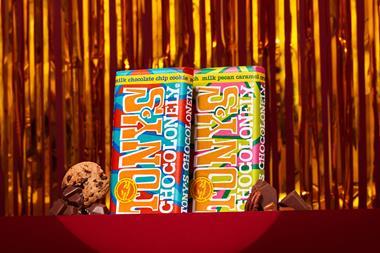
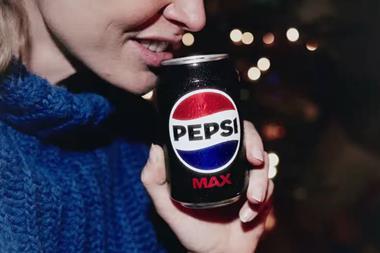
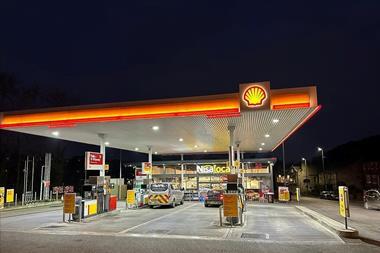

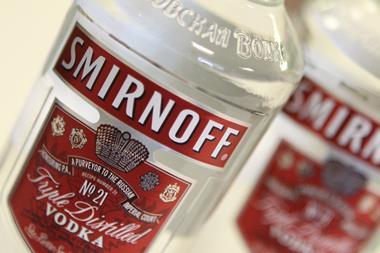
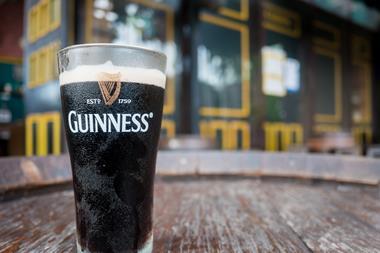
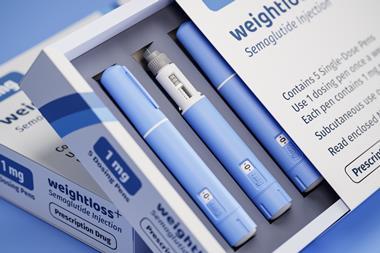

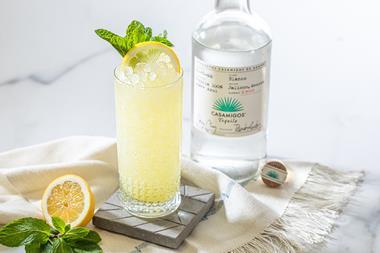



No comments yet